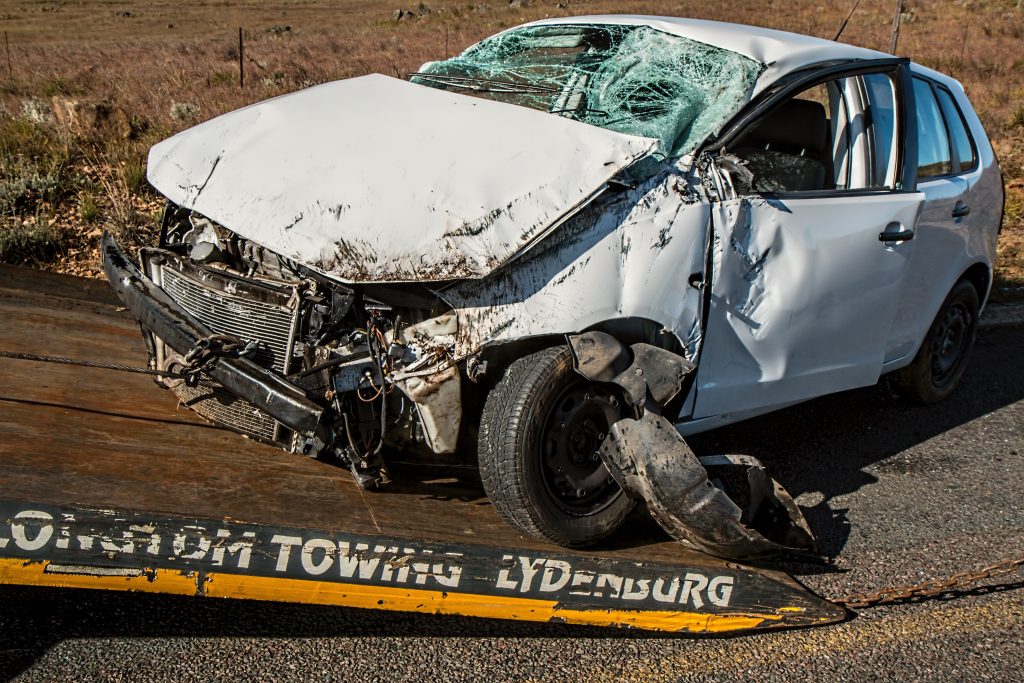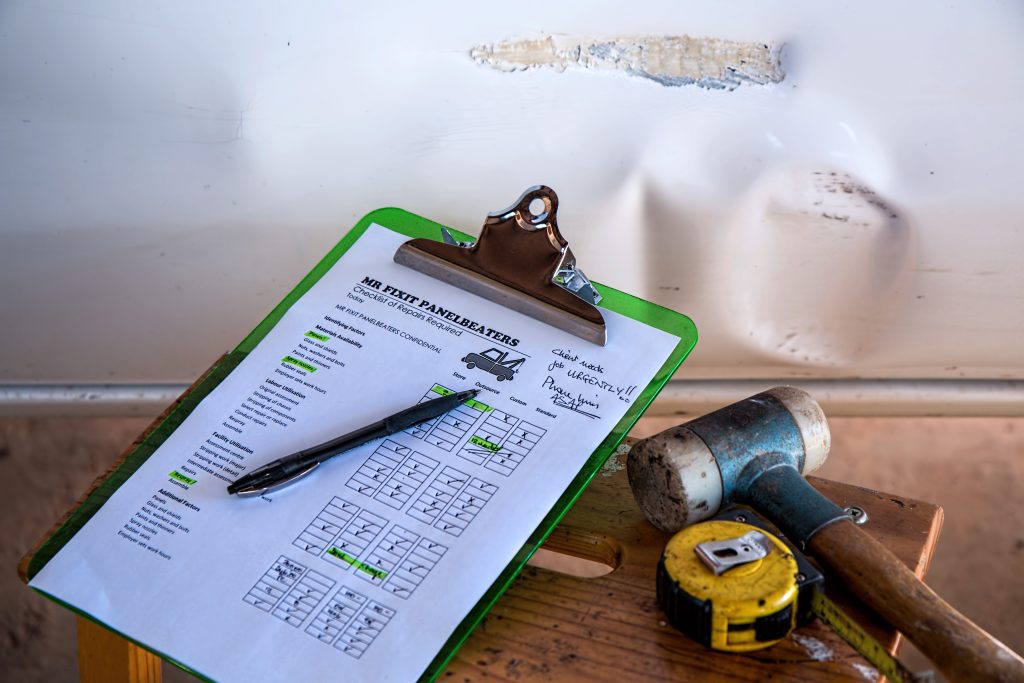 How much of an award or compensation could a parent expect when a school board is found liable for inflicting trauma on a child? A trauma to a child would have a profound effect on the parent as well as the child. Is it not reasonable to expect the school board to pay for the emotional damages the parent suffered? Unfortunately for a Baton Rouge mother, her failure to include in her written pleadings a claim for general damages resulted in a finding of no damages despite trial testimony supporting her emotional distress. A superior lawyer always includes all possible claims in written pleadings to avoid this unfortunate outcome.
How much of an award or compensation could a parent expect when a school board is found liable for inflicting trauma on a child? A trauma to a child would have a profound effect on the parent as well as the child. Is it not reasonable to expect the school board to pay for the emotional damages the parent suffered? Unfortunately for a Baton Rouge mother, her failure to include in her written pleadings a claim for general damages resulted in a finding of no damages despite trial testimony supporting her emotional distress. A superior lawyer always includes all possible claims in written pleadings to avoid this unfortunate outcome.
Demondre Morgan was a kindergartener at Westminster Elementary School in Baton Rouge, Louisiana when he fell asleep on his school bus one September afternoon. After the route was complete, the school bus driver parked and locked her bus without noticing little Demondre. Demondre’s mother, Shunquita Morgan, was waiting for her son at the school bus stop when the bus never arrived. Meanwhile, Demondre awoke to find himself on the bus alone, started to cry, and was heard by two passers-by who rescued him from the bus. Morgan had reported Demondre missing to the police during this interval, and Demondre was returned to his mother about two hours after his normal drop-off time.
Morgan filed a lawsuit against the East Baton Rouge Parish School Board (“School Board”). Her pleadings included damages for her son as well as for economic loss for herself due to Demondre’s fears about riding the bus. She did not include a request for any other damages such as emotional distress for herself. The School Board admitted liability. The trial court awarded a total of $4,184.00 in medical and general damages for Demondre. Morgan was not awarded any damages because she did not present any evidence of economic loss and her attorney only sought emotional distress damages at the very end of the trial. The trial court ruled that the pleadings had not been expanded to include emotional distress damages for Morgan.
 Louisiana Personal Injury Lawyer Blog
Louisiana Personal Injury Lawyer Blog


 We all try our best to avoid trouble, but sometimes fights happen. It may be best to avoid a brawl if you see one occurring. However, when you see your friend in a bind, human nature kicks in, and before you know it, you’re in an altercation that you never signed up for. If you are injured in a fight, proceed carefully when suing the party that caused your injuries. Ryan Martinez learned this lesson the hard way following the Louisiana First Circuit Court of Appeal ruling in the following case.
We all try our best to avoid trouble, but sometimes fights happen. It may be best to avoid a brawl if you see one occurring. However, when you see your friend in a bind, human nature kicks in, and before you know it, you’re in an altercation that you never signed up for. If you are injured in a fight, proceed carefully when suing the party that caused your injuries. Ryan Martinez learned this lesson the hard way following the Louisiana First Circuit Court of Appeal ruling in the following case. What happens when a motorist is injured in an automobile accident while operating a vehicle owned by an employer? While Louisiana law often permits named insured employees to receive reciprocal coverage under an employer’s insurer, insurance law is a complex and, at times, unclear field, especially in relation to uninsured/underinsured motorist coverage. In the case of Chris Loudermilk of New Roads, Louisiana, the Louisiana First Circuit Court of Appeal felt that Loudermilk was not permitted to recover under the language of his employer’s insurance policy.
What happens when a motorist is injured in an automobile accident while operating a vehicle owned by an employer? While Louisiana law often permits named insured employees to receive reciprocal coverage under an employer’s insurer, insurance law is a complex and, at times, unclear field, especially in relation to uninsured/underinsured motorist coverage. In the case of Chris Loudermilk of New Roads, Louisiana, the Louisiana First Circuit Court of Appeal felt that Loudermilk was not permitted to recover under the language of his employer’s insurance policy. When there’s no other option, bankruptcy is an effective tool to shield you from your creditors. But often, those filing bankruptcy do not consider how intrusive a bankruptcy can be. After filing bankruptcy, your remaining assets are put under a microscope by the bankruptcy trustee. Every transaction you make while in bankruptcy, and 90 or more days beforehand, are scrutinized, questioned, and may even be reversed.
When there’s no other option, bankruptcy is an effective tool to shield you from your creditors. But often, those filing bankruptcy do not consider how intrusive a bankruptcy can be. After filing bankruptcy, your remaining assets are put under a microscope by the bankruptcy trustee. Every transaction you make while in bankruptcy, and 90 or more days beforehand, are scrutinized, questioned, and may even be reversed. 

 In the wake of Hurricane Ida, there will be hundreds of thousands of insurance claims. Insurance companies will be overrun, but that’s no excuse for those companies to fail to pay your claims timely. Unfortunately, that’s not always how claims are handled.
In the wake of Hurricane Ida, there will be hundreds of thousands of insurance claims. Insurance companies will be overrun, but that’s no excuse for those companies to fail to pay your claims timely. Unfortunately, that’s not always how claims are handled. In a civil case, you do not have the classic “speedy trial” right. Instead, courts will seek expediency by granting summary judgments when appropriate. The purpose of summary judgment is to avoid frivolous and unnecessary trials, or at a minimum, to simply reduce trial time by dispensing of some claims. A motion for summary judgment may be granted upon a finding that there is “no genuine issue as to material fact and that the mover is entitled to judgment as a matter of law.”
In a civil case, you do not have the classic “speedy trial” right. Instead, courts will seek expediency by granting summary judgments when appropriate. The purpose of summary judgment is to avoid frivolous and unnecessary trials, or at a minimum, to simply reduce trial time by dispensing of some claims. A motion for summary judgment may be granted upon a finding that there is “no genuine issue as to material fact and that the mover is entitled to judgment as a matter of law.”  The equivalence of “dotting the i’s and crossing the t’s” in the law is making sure to comply with court procedural rules. One such basic civil court procedure rule is proper service. Proper service is critical in establishing that a court has legal jurisdiction over a defendant. The defendant has a right to know that they are being sued, and they have the right to be present at any hearing or to appear through an attorney. Without proper service, a court may dismiss a lawsuit. One can have a valid and strong claim for a lawsuit, but without proper compliance with court rules, the case may never even be heard. The importance of following procedure is highlighted in this Workers’ Compensation case heard in the Louisiana Fourth Circuit Court of Appeals.
The equivalence of “dotting the i’s and crossing the t’s” in the law is making sure to comply with court procedural rules. One such basic civil court procedure rule is proper service. Proper service is critical in establishing that a court has legal jurisdiction over a defendant. The defendant has a right to know that they are being sued, and they have the right to be present at any hearing or to appear through an attorney. Without proper service, a court may dismiss a lawsuit. One can have a valid and strong claim for a lawsuit, but without proper compliance with court rules, the case may never even be heard. The importance of following procedure is highlighted in this Workers’ Compensation case heard in the Louisiana Fourth Circuit Court of Appeals. Summary judgments are a common tool in litigation to not only expedite the drawn out trial process, but they can also be used to cut down on the cost of a lawsuit. Yet, there are different standards about what kinds of documents can and cannot be considered when a party makes a motion for summary judgment. For two Baton Rouge individuals, their claims against an insurance company survived because of this technicality.
Summary judgments are a common tool in litigation to not only expedite the drawn out trial process, but they can also be used to cut down on the cost of a lawsuit. Yet, there are different standards about what kinds of documents can and cannot be considered when a party makes a motion for summary judgment. For two Baton Rouge individuals, their claims against an insurance company survived because of this technicality.